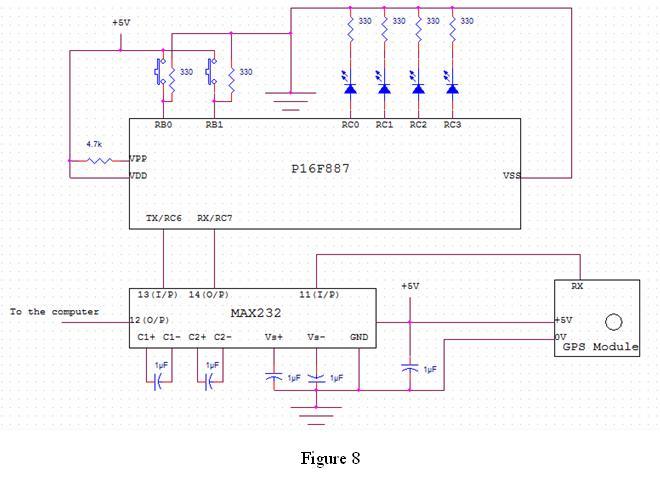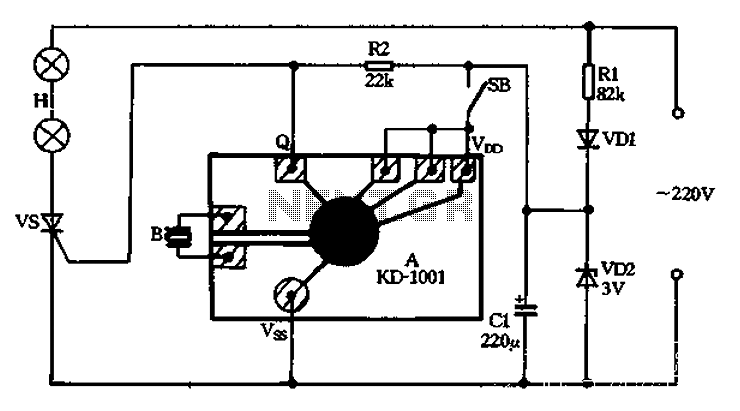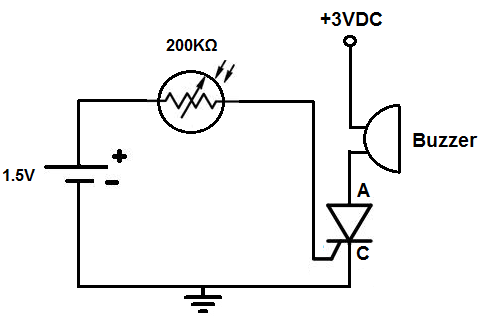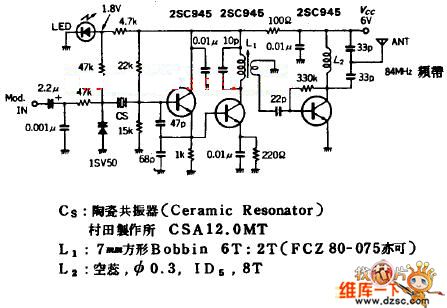
Modular Preamplifier Control Center Circuit
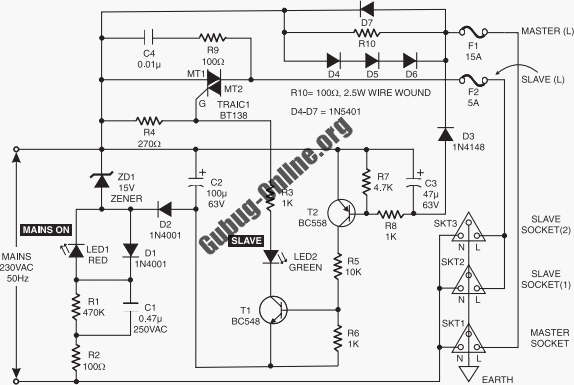
This circuit design features a modular arrangement that enables users to select only the modules best suited to their needs, allowing for the construction of a chain ranging from one to five modules in length. For those seeking a minimalist approach, the Control Center module outlined in this document serves as the primary component.
The modular circuit design is intended for flexibility and customization, catering to varying user requirements. Each module can be independently selected, allowing users to tailor the circuit to specific applications, whether for educational purposes, hobby projects, or more advanced electronic endeavors.
The Control Center module acts as the hub of the system, managing the functionality of the connected modules. It typically includes essential features such as power management, signal processing, and communication interfaces, facilitating seamless integration between the various modules.
Connections between modules are standardized to ensure compatibility, often employing pin headers or connectors that simplify assembly and disassembly. This design approach not only enhances user experience but also promotes efficient troubleshooting and upgrades.
The circuit's modularity is advantageous for scalability; users can begin with a single module and expand as their needs evolve. Each module may contain specific functionalities such as sensing, actuation, or data processing, making the overall system versatile and adaptable.
In summary, this modular circuit design emphasizes user choice and adaptability, with the Control Center module serving as the essential component that orchestrates the operation of up to five connected modules. This arrangement is particularly beneficial for those who wish to explore electronic design with a focus on simplicity and functionality.This is a design circuit for modular arrangement that allows the amateur to choose only the modules more suited to his requirements in order to build a chain one to five modules long. For the minimalist, the Control Center module described in this pa .. 🔗 External reference
The modular circuit design is intended for flexibility and customization, catering to varying user requirements. Each module can be independently selected, allowing users to tailor the circuit to specific applications, whether for educational purposes, hobby projects, or more advanced electronic endeavors.
The Control Center module acts as the hub of the system, managing the functionality of the connected modules. It typically includes essential features such as power management, signal processing, and communication interfaces, facilitating seamless integration between the various modules.
Connections between modules are standardized to ensure compatibility, often employing pin headers or connectors that simplify assembly and disassembly. This design approach not only enhances user experience but also promotes efficient troubleshooting and upgrades.
The circuit's modularity is advantageous for scalability; users can begin with a single module and expand as their needs evolve. Each module may contain specific functionalities such as sensing, actuation, or data processing, making the overall system versatile and adaptable.
In summary, this modular circuit design emphasizes user choice and adaptability, with the Control Center module serving as the essential component that orchestrates the operation of up to five connected modules. This arrangement is particularly beneficial for those who wish to explore electronic design with a focus on simplicity and functionality.This is a design circuit for modular arrangement that allows the amateur to choose only the modules more suited to his requirements in order to build a chain one to five modules long. For the minimalist, the Control Center module described in this pa .. 🔗 External reference


